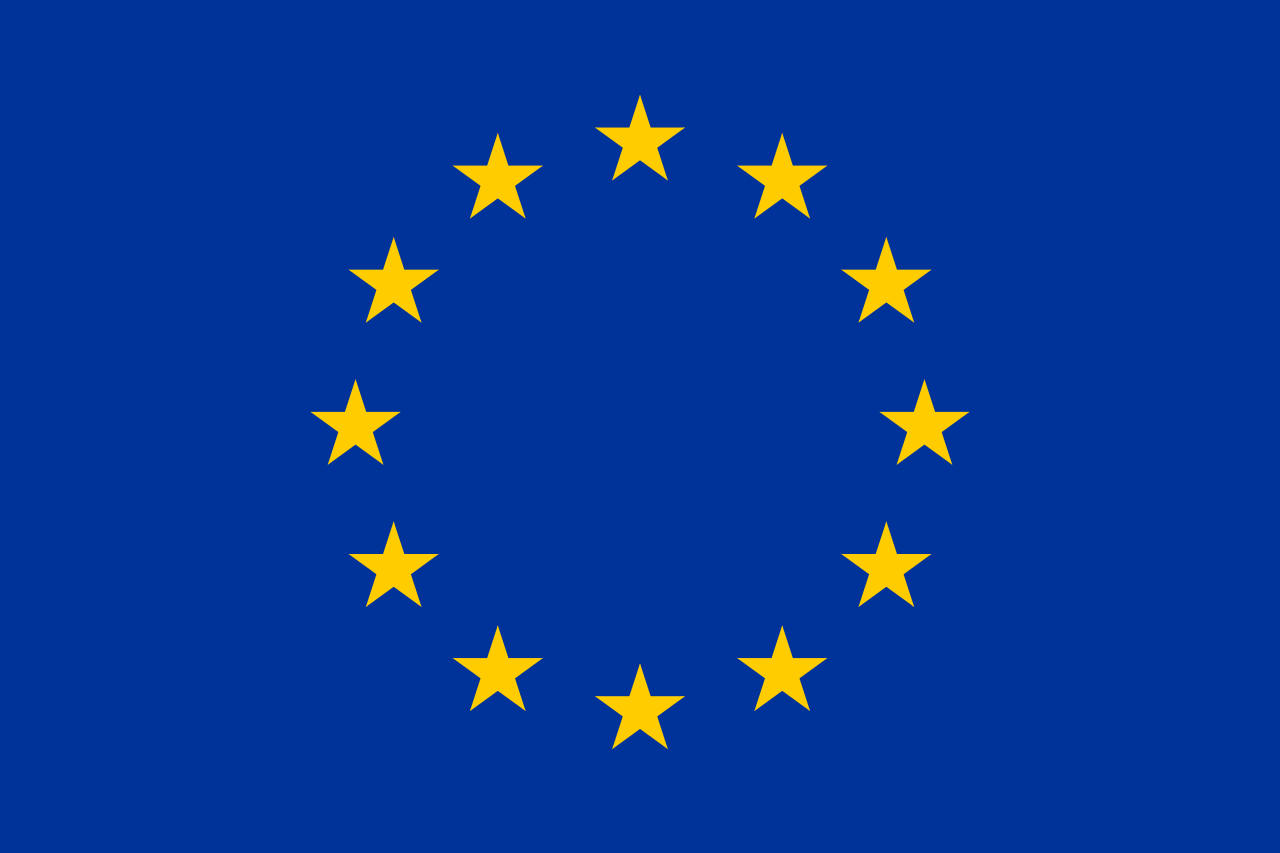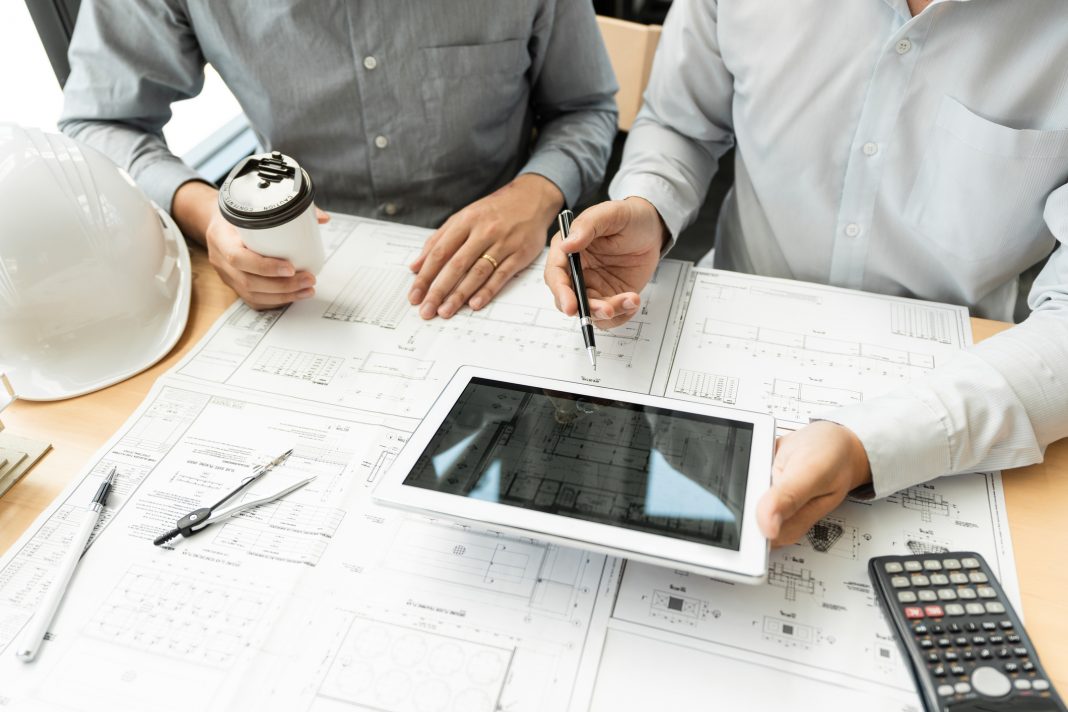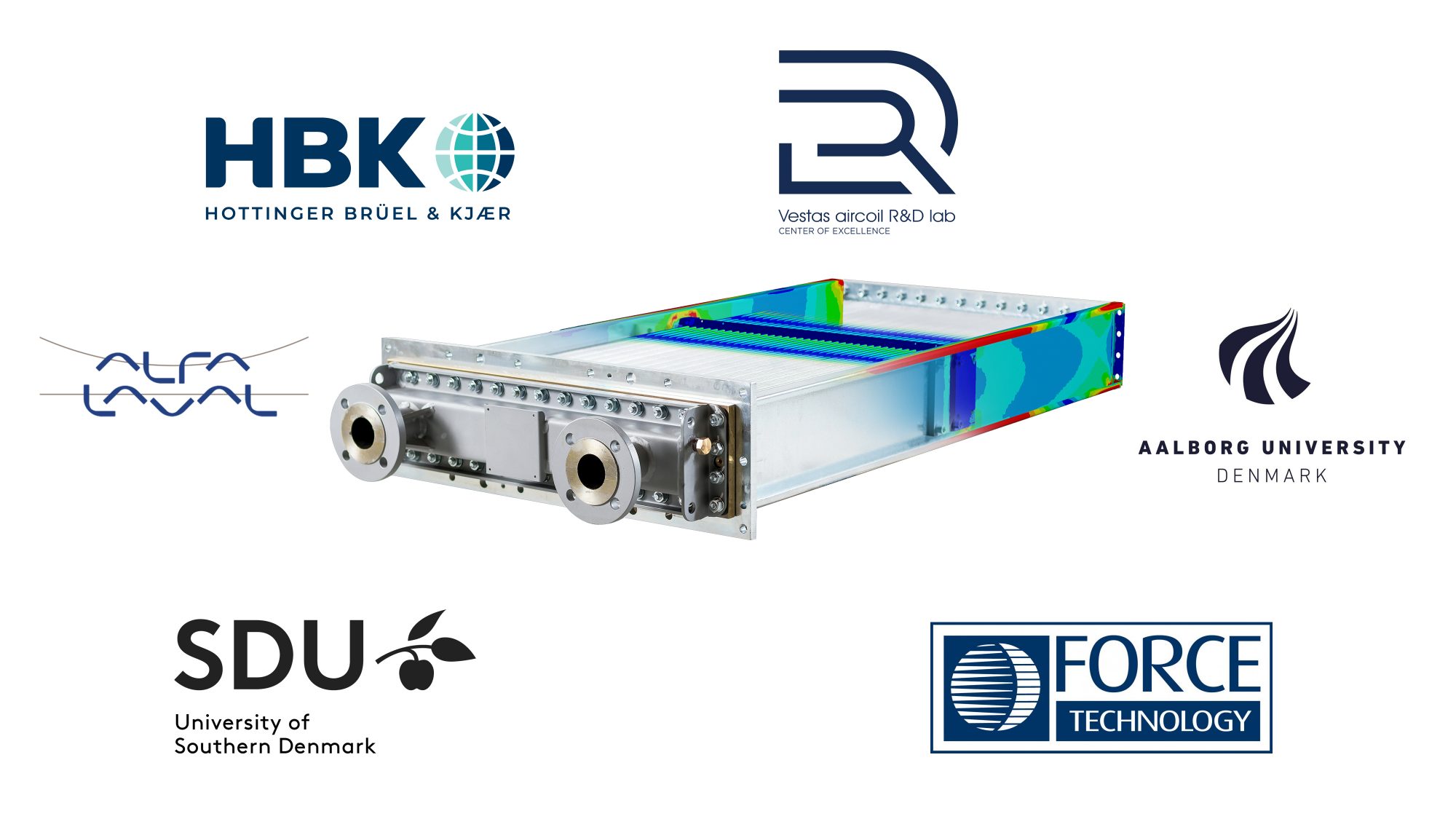Claus H. Ibsen, PhD, the Group R&D Director at Vestas aircoil A/S discusses the digital twin concept from their completed Horizon 2020 project InDEStruct
Matured in their recently completed Horizon 2020 project InDEStruct, Vestas aircoil is targeting a digital twin concept for their charge air coolers.
When the InDEStruct project proposal was first written, Industry 4.0 was at its onset. Industry 4.0 is about the digital transformation of companies and the use of IoT (internet of things). One of the concepts that exploit this fully is digital twins.
What is a digital twin?
A digital twin is a virtual representation of a physical system that serves as the real-time digital surrogate, which provides an indication of its engineering performance. Data is sent to the digital model from the physical product, with the purpose of the digital model being able to provide performance measures to optimize the product.
A digital twin is necessarily a multi-disciplinary concept, where well-trained scientists would integrate technology to provide indicators of engineering performance. InDEStruct provided such a platform, showcasing that this non-trivial challenge can be solved in an elegant and efficient manner.
Digitalization of physical assets (the physical structure/component of interest) is becoming more prominent in the engineering industry due to intelligent knowledge transfer through data. The utilisation of advanced data analytics and sophisticated IoT technology to optimize the asset is now used in a digital twin context. This involves a well-formalized mathematical model (digital twin) that mirrors subcomponents of an assembled structure and is continuously updated by real-time data.
Digital twins save on production costs and testing From an industrial perspective, a digital twin has the potential to generate new revenue streams and provide cost savings by minimising expensive laboratory testing, hence delivering growth with increased insight and real-time data. As an example, the use of digital twins originates from NASA under the Apollo 13 mission in 1970 where two space aircrafts were built. One of the aircrafts (the twin) was left on earth to reflect the real-time condition of the operational aircraft
in space.
The twin was used for training purposes and was consistently updated with multiple real-time data inputs from the operational aircraft in order to mirror a “realistic” space scenario. This exemplifies that a robust digital twin concept is not derived from one source of data but from multiple sources that maps real-time data to the replica structure, namely, the twin for enhanced performance.
Technology with real-time information
Vestas aircoil A/S has acknowledged the use of such intelligent systems for many years. In the Horizon 2020 InDEStruct Vestas aircoil A/S partnered up with the University of Southampton and the project was a strong asset in this regard. The platform of integrating a multi-disciplinary digital twin concept with well-trained scientists to integrate a technology which provides real-time information on structural performance was fully in compliance with the inDEStruct project.
The ambition of the project was to train a new generation of creative, entrepreneurial & innovative early-stage researchers (ESRs) with a focus on intensive doctoral training and to provide enhanced career perspectives in both the academic and non-academic sectors through intersectoral mobility.
More specifically, the outcome of the project initiated in new knowledge and methods of our heat exchangers in form of:
- Experimental and operational modal analysis to investigate the vibration characteristics of components and assemblies under in-situ and laboratory testing
- The availability of truncated digital models through a developed Graphical User Interface (GUI) which is capable of computing the modal parameters of tube-fin assemblies
- A method for fatigue life estimation via frequency (or temporal) based response functions obtained through the digital model. The project composition of academic and non-academic partners is of great importance to European research within mechanical and materials engineering with direct implications for the industry of heat exchangers, air cooling and exhaust gas systems. This work will also be of great interest to overseas companies and research communities, thus improving European competitiveness.
Vestas Aircoil A/S is currently engaged in a new project. It aims at developing cost-effective digital twin frameworks based on digital sensing units. Large costs associated with digital twin technology is blocking the road of a digital transformation for SMEs within the machinery and construction sectors. This roadblock will be addressed by state-of-the-art sensing technology, computing technology, simulation acceleration and co-simulation-based digital twins provided by a project consortium consisting of industrial partners and academic partners.
Multisectoral applicability of digital twins
The intensive commitment within the area of digital twins, with a particular focus on the multisectoral applicability of a sophisticated digital twin, has led Vestas aircoil A/S to the next step in the journey of digitalization. The goal and ambition are to carry out state-of-the- art industrial research in collaboration with academia towards realising the use of high-fidelity models and multi-structured data sources of our charge air coolers and heat exchangers.
All this is in favour of optimizing design modification, predictive maintenance, real-time monitoring, and fault detection. One of our active and ongoing projects is in collaboration with Alfa Laval and FORCE Technology with support from Hottinger Brüel and Kjær, Aalborg University Esbjerg, and the University of Southern Denmark that will, in a combined fashion, realise a digital twin of a charge air cooler on a selected engine. This project will focus on strengthening the research and industrial community, providing project proposals for the students in different universities, networking & collaboration between academia and industry and, finally, providing upfront research within the area of the digital twin concept.

This project has received funding from the European Union’s HORIZON 2020 Research and Innovation programme under the Grant Agreement no. 765636.

This work is licensed under Creative Commons Attribution-NonCommercial-NoDerivatives 4.0 International.



